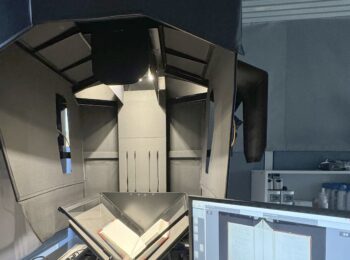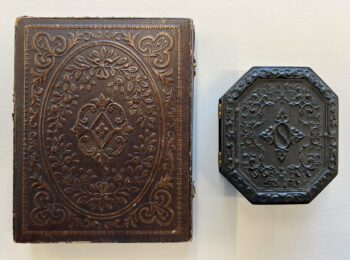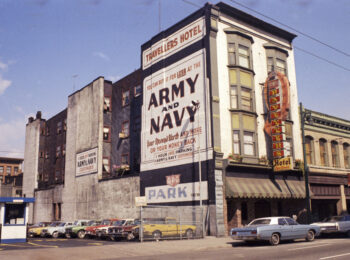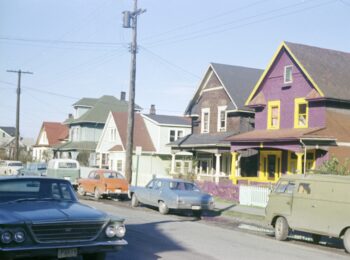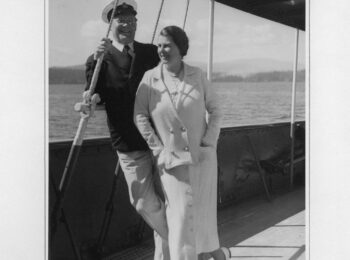In May, I attended the annual conferences of the American Institute for Conservation (AIC) and Canadian Association for Conservation (CAC), a large, joint conference in Montreal. Coinciding with the 50th anniversary of the Florence flood, a disaster which inspired many people to become conservators, the theme was disaster preparedness. Here are a few of the highlights.
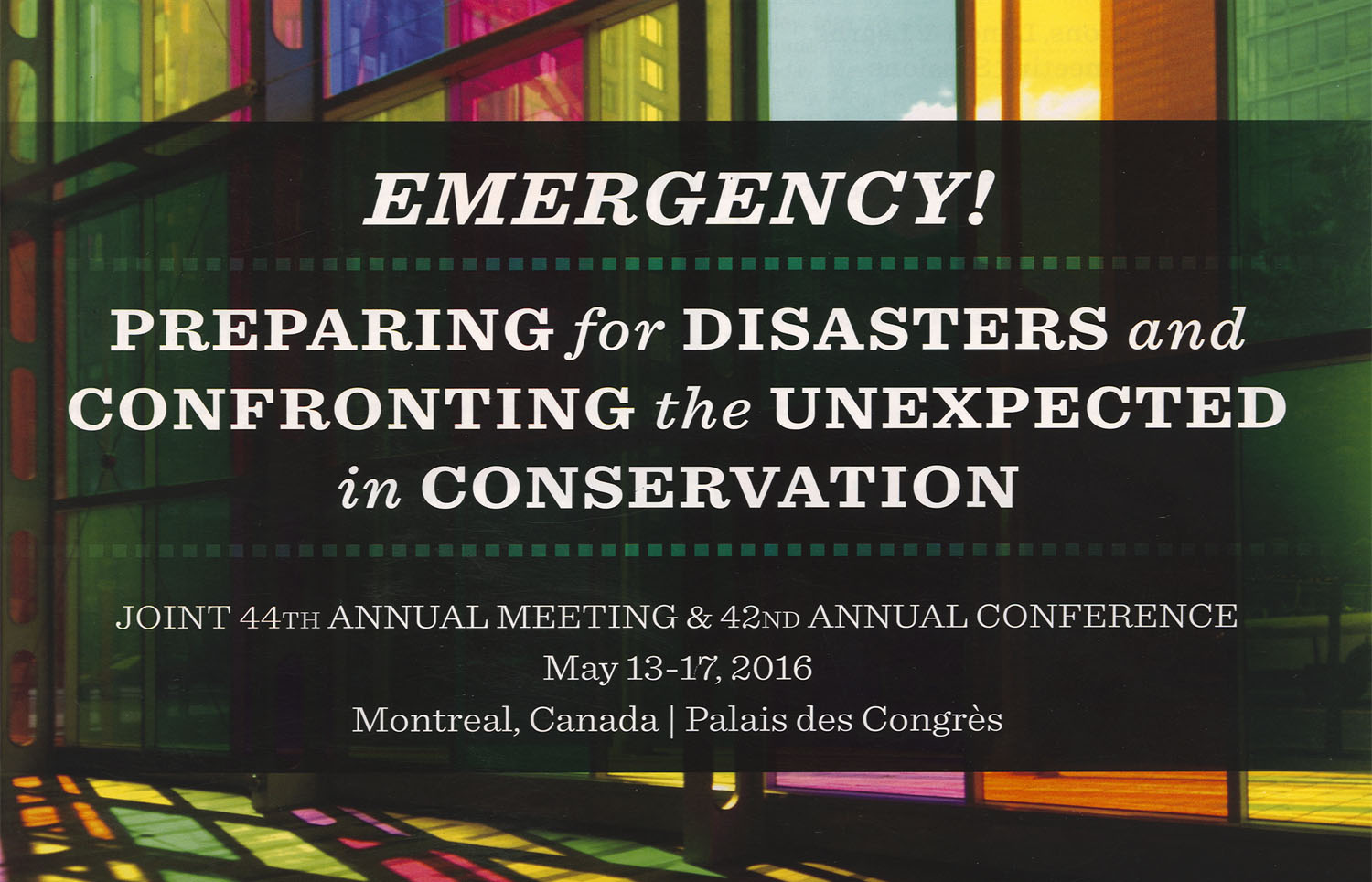
DIGITAL ASSESSMENT OF VIDEO WORKSHOP
I attended a full-day workshop on Digital Assessment Techniques for Video. The instructors were Kelly Haydon, Peter Oleksik and Erik Piil. We had a chance to try different types of software used to evaluate digital video files. We can use this in many situations, for example, if
- we’ve sent out analogue video for digitization and we want to check that the vendor followed our specifications
- we’ve acquired a lot of born-digital video files from a donor that seem to be the same content and we need to decide which ones are best to keep. One file might be compressed in a way that loses information, another might be compressed losslessly, for instance. One file might be the European standard rather than the North American one.
- we have acquired born-digital video files that we suspect are corrupt, we should be able to tell if the problem is with the file, our playback software, or our playback hardware
- we have acquired born-digital video files that have been damaged, perhaps inadvertently saved to the wrong pixel aspect ratio so they look weird on screen: we should be able to identify that problem and fix it
Several days before the conference started, we had to install the software onto a Mac. This software included:
- QCTools, which enables inspection of many video signal characteristics
- FFmpeg, a command-line program which can be used to correct video errors very precisely
- MediaInfo, which displays detailed information about a video file in many different ways
- DV Analyzer, a quality control tool developed by AVPreserve just for DV video streams
- Hex Fiend, a hex reader and editor capable of working with very large files
- VLC media player, which allows us to play back video under different conditions (such a changed aspect ratios) without making any permanent changes
We were able to work with sample video files that the instructors gave us. Some of the exercises produced long lists of properties and some of them produce visual representations of the video files.
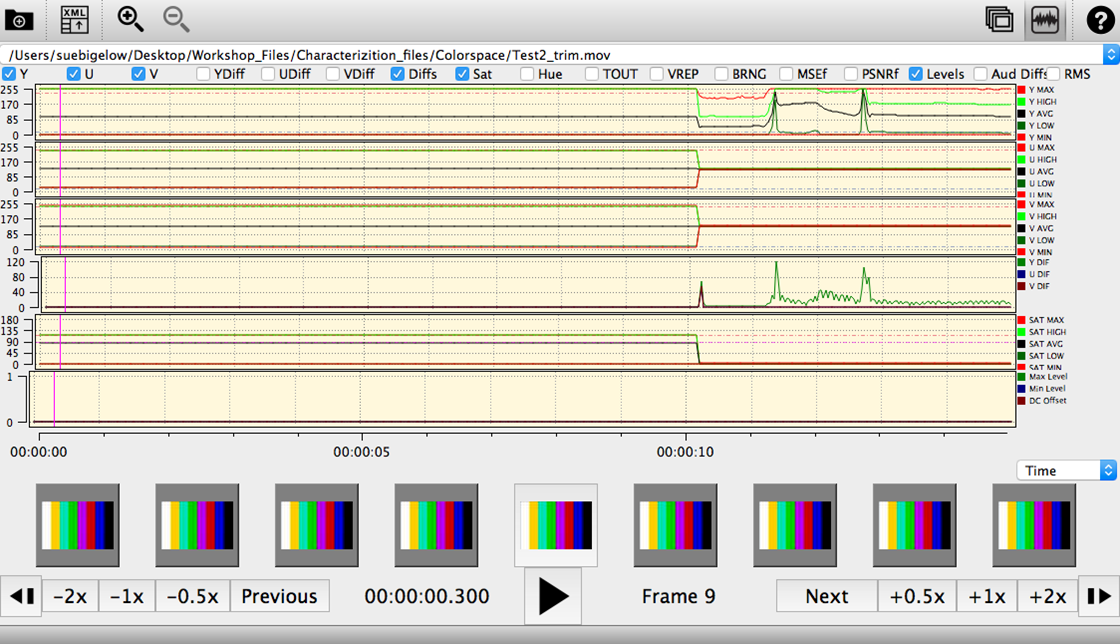
TEK WIPE
Kaslyne O’Connor gave an excellent talk on Tek Wipe, a product which has a wide range of uses in conservation. It’s recommended by AIC’s Sustainability Group because it can be re-used almost indefinitely if it’s used carefully.
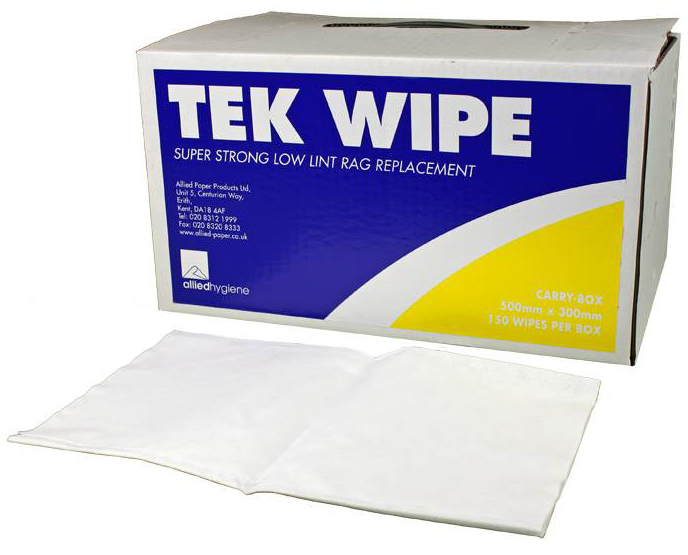
Kaslyne explained what the material is: a pure blend of cellulose and polyester fibres. Water jets are used to bind the fibres together (known as “hydro-entangled”). The material is extremely absorbent, flexible and washable, and can be dried to its original flat, unwrinkled state. She compared its performance to cotton blotters and Tek Wipe is far superior in wet strength, lack of permanent dimensional changes and shorter drying time.
She also surveyed many reported uses for this material. Tek Wipe is useful for
- disaster recovery, and it’s easy to interleave between sheets of wet paper
- surface cleaning. It will pick up dirt from surfaces (like glass plate negatives) without leaving little fibres behind.
- The sheets can be dampened or wet out evenly and used to humidify many types of materials.
- It’s better than blotters for blotter washing or slant washing, which pulls discolouration from materials without having to immerse them. It’s also great for washing on a suction table.
Kaslyne finished by presenting a few case studies where Tek Wipe had been used.
Atlas of Water Damage on Inkjet-printed Fine Art
An important part of solving problems is finding a common vocabulary for describing those problems. The Image Permanence Institute had the first copies of its new publication, Atlas of Water Damage on Inkjet-printed Fine Art by Meghan Connor and Daniel Burge, available at this conference.
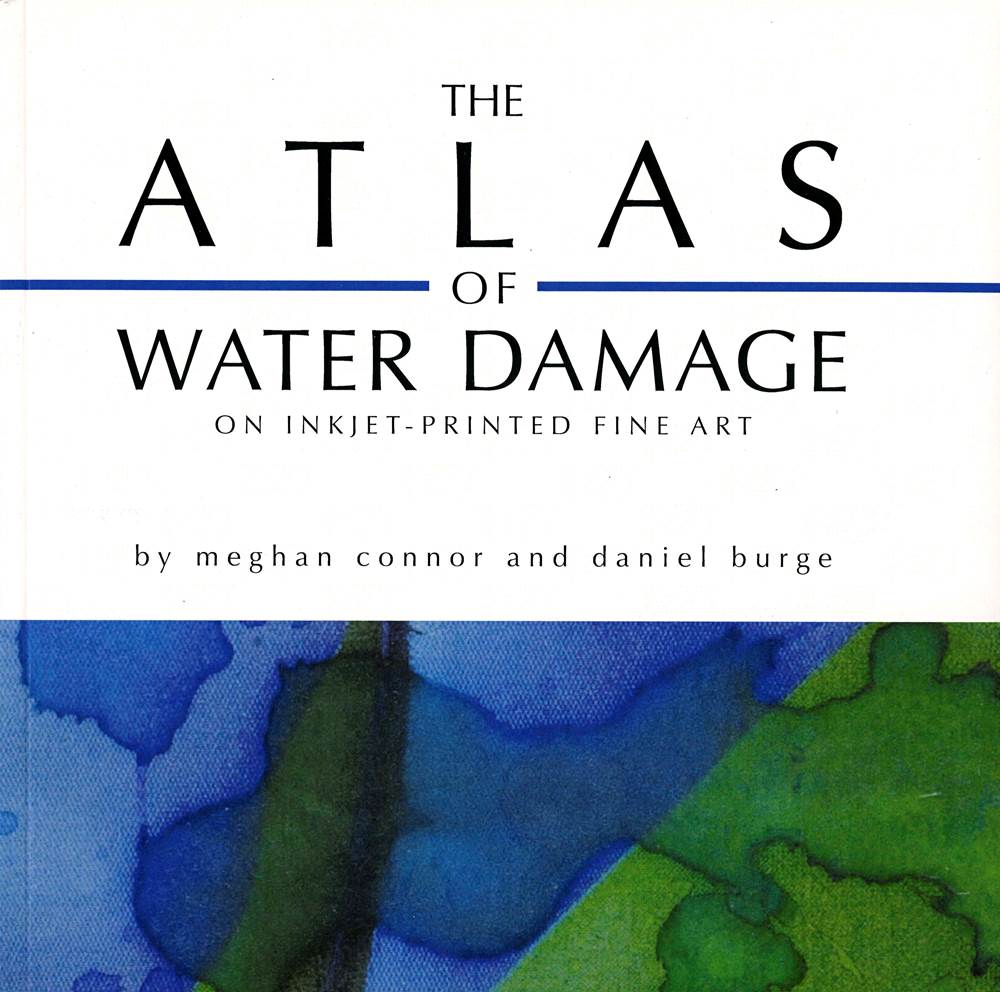
This book provides names for different kinds of damage, along with descriptions of what that damage looks like, and images at various magnifications to show the damage.
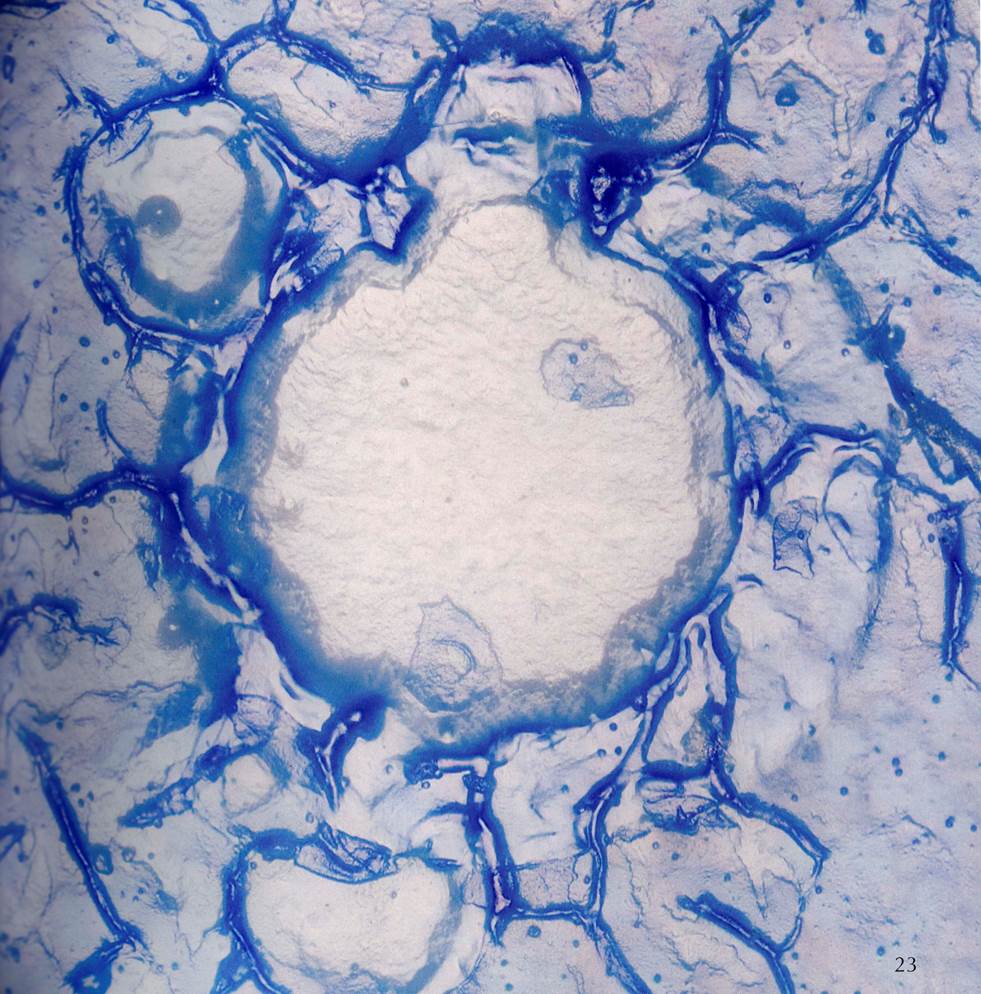
This vocabulary applies to all kinds of inkjet media, including photographs. A book about damage could be a depressing read, but as you can see the illustrations are beautiful as well as informative.
This joint conference provided us with much up-to-date and useful information as well as hands-on experience.


